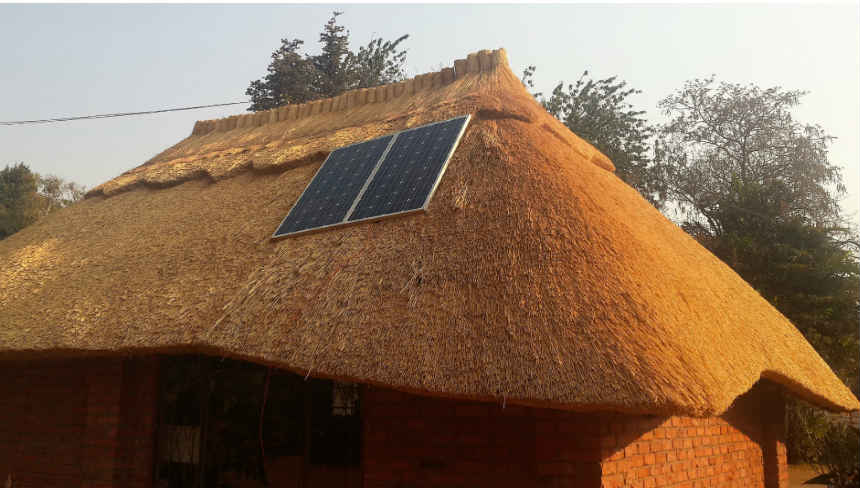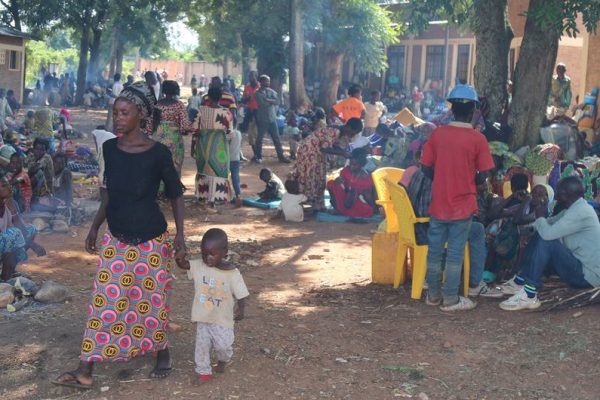The World Bank Group lends a helping hand to the State Bank of India (SBI), enabling it to finance solar rooftop projects that will add at least 100MW of solar rooftop capacity to the grid.
The global financier announced the development last week Friday, which will see SBI obtaining a loan worth $625 million.
According to the World Bank, the government of India has set a target to meet 40GW of solar rooftop installations by 2022.
As such, the funding will be made available to projects undertaken by PV developers/aggregators and end-users for installation of rooftop solar systems on commercial, institutional and industrial buildings.
“With the World Bank funded capacity development programme, SBI is making efforts to expand and incentivise the market for rooftop solar power by way of low cost financing,” the Bank noted.
The Bank explained that financing is being provided to those with sound technical capacity, relevant experience and creditworthiness, meeting SBI standards.
Qualifying solar rooftop projects
Developers that the SBI will be financing under this programme include Azure Power, Amplus and Cleanmax amongst others.
The capacity of the solar rooftop projects and programmes financed range from 25kWp to 16MW.
SBI’s deputy managing director, Karnam Sekar, said: “As the largest Bank in India, SBI is committed to finance renewable energy projects to support the government of India in realising its renewable energy targets. With the World Bank loan, SBI aims at developing the nascent rooftop solar market. As a tropical country, India has a huge potential to be the leader in the rooftop solar space.”
Sekar added: “In order to accelerate demand for rooftop solar systems in the market, SBI has developed financing models that will provide loans at a very competitive pricing with long tenor.
Government policy
Aided by government policy and declining costs, rooftop solar has the potential to transform the energy sector.
“The World Bank is strongly supportive of the government’s plans to harness this potential. Solar PV will not only improve access to electricity, but it will do so in a manner that avoids the environmental impacts of other traditional electricity sources,” World Bank senior director Riccardo Puliti said.
“Through this project and others like it, tens of millions of electricity customers will eventually be able to generate part of their own electricity needs, from one of the cleanest sources of energy available, Puliti stated.
Lowest per capita consumers
According to the World Bank, India is one of the lowest per capita consumers of electricity in the world.
Over 200 million people remain unconnected to the electricity grid, and those who are, continue to face frequent disruptions.
Power shortages also affect industrial output with many industries and manufacturers relying on expensive and polluting diesel-based back-up power supplies.
Despite energy shortages, rooftop solar PV systems have not yet become widespread in India, primarily due to the lack of adequate financing, unfamiliar technology and low consumer awareness.
Those that are keen on installing solar rooftop PV systems have had to pay the full cost up-front. To this end, total capacity of rooftop solar, still remains low.
The World Bank-Clean Technology Fund (CTF) loan has been established to support a number of solar PV business models, to expand the reach of rooftop PV systems to a variety of customer groups.
A range of options available to investors under the SBI Rooftop PV Program will include third-party ownership, leasing, rooftop rental, as well as direct end-user ownership.




